Money and Banking: Analysis of Financial Regulations and Bank Reforms
VerifiedAdded on 2020/03/07
|5
|894
|102
Report
AI Summary
This report delves into the intricacies of money and banking, offering a comprehensive analysis of the 2008 financial crisis and its profound impact on the American economy and the lives of millions. It examines the effectiveness of the Dodd-Frank financial regulatory structure, debating whether existing reforms adequately address total risk and financial consistency. The report explores the advantages of breaking up large banks, such as preventing collapses and managing complex institutions. It also discusses the unintended consequences of bank reforms, particularly concerning risk aversion and its effects on credit availability and innovation. Furthermore, it emphasizes the need for a holistic approach to bank regulations, considering broader economic impacts and compliance strategies. The analysis covers capital requirements, leverage ratios, and the safety of large banks, providing valuable insights into the current state of the banking industry and its regulatory landscape.
1 out of 5
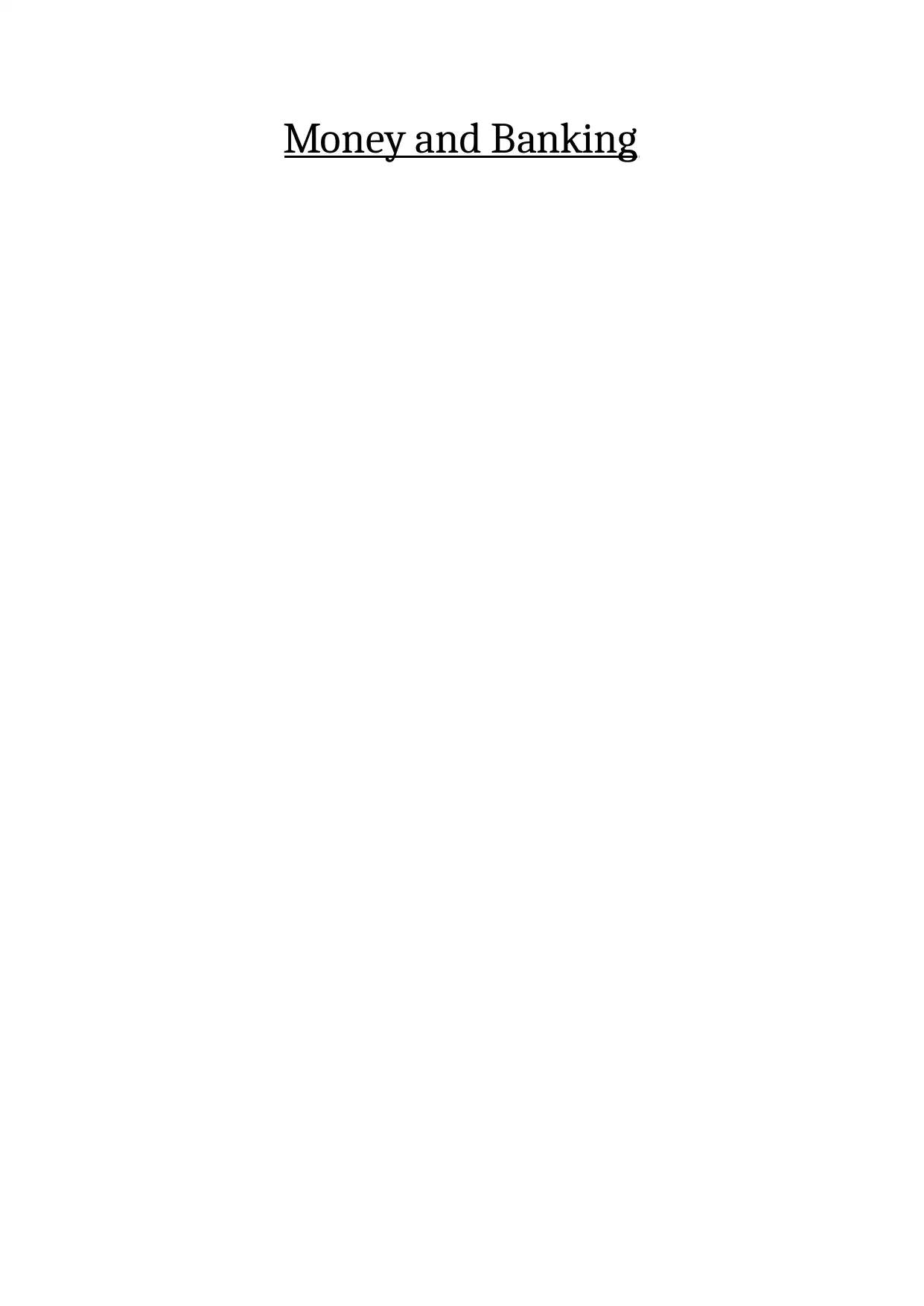
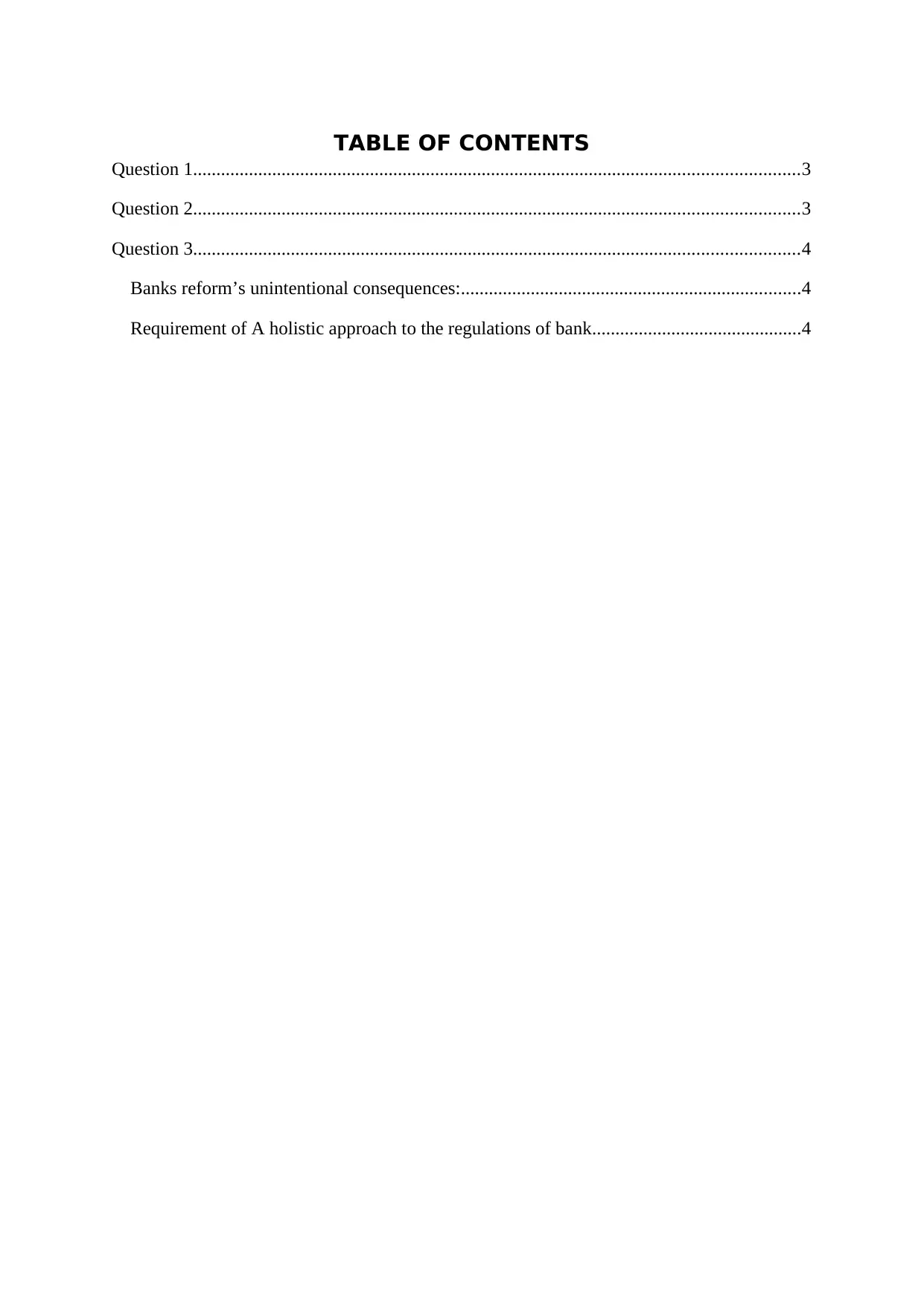
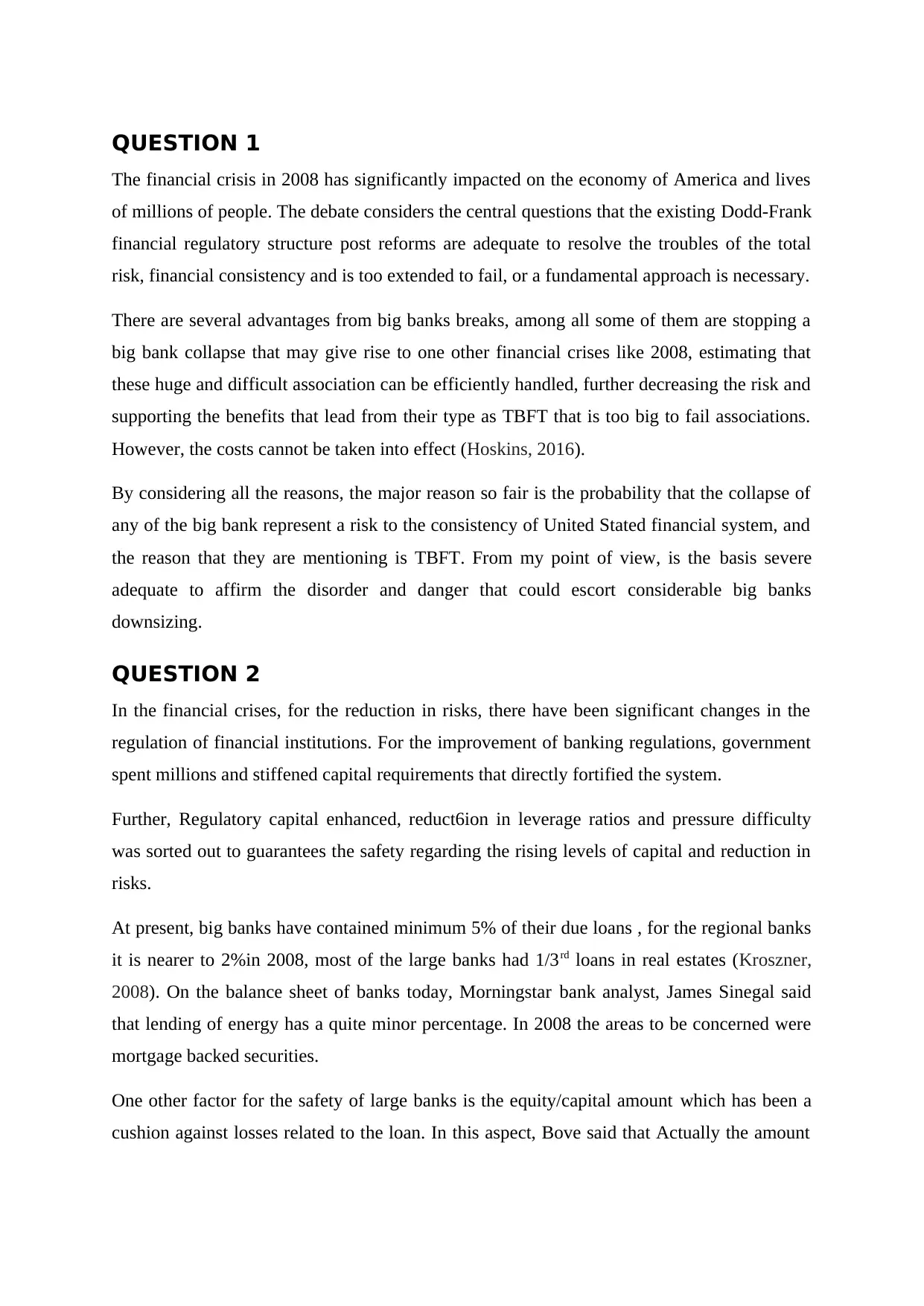

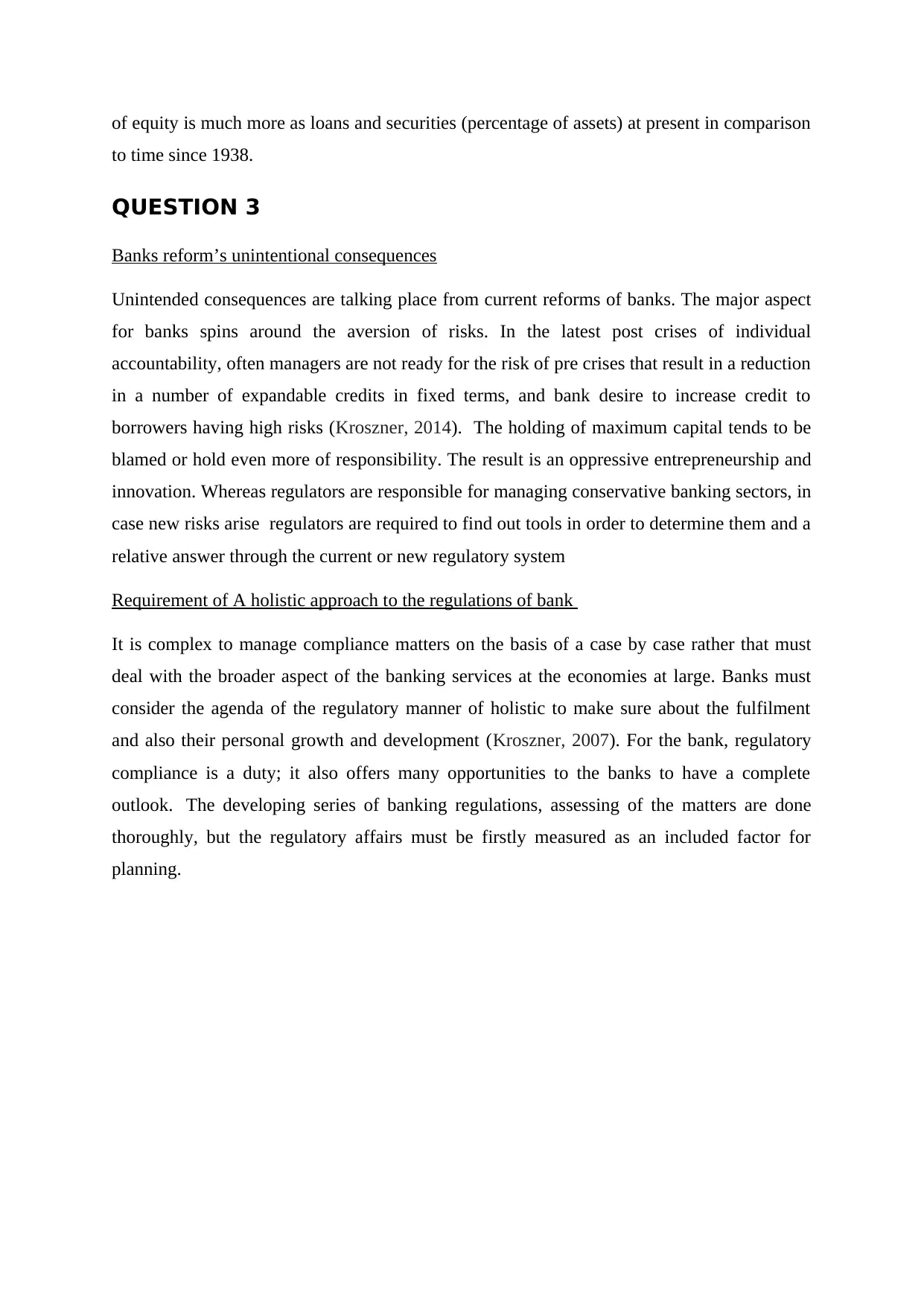
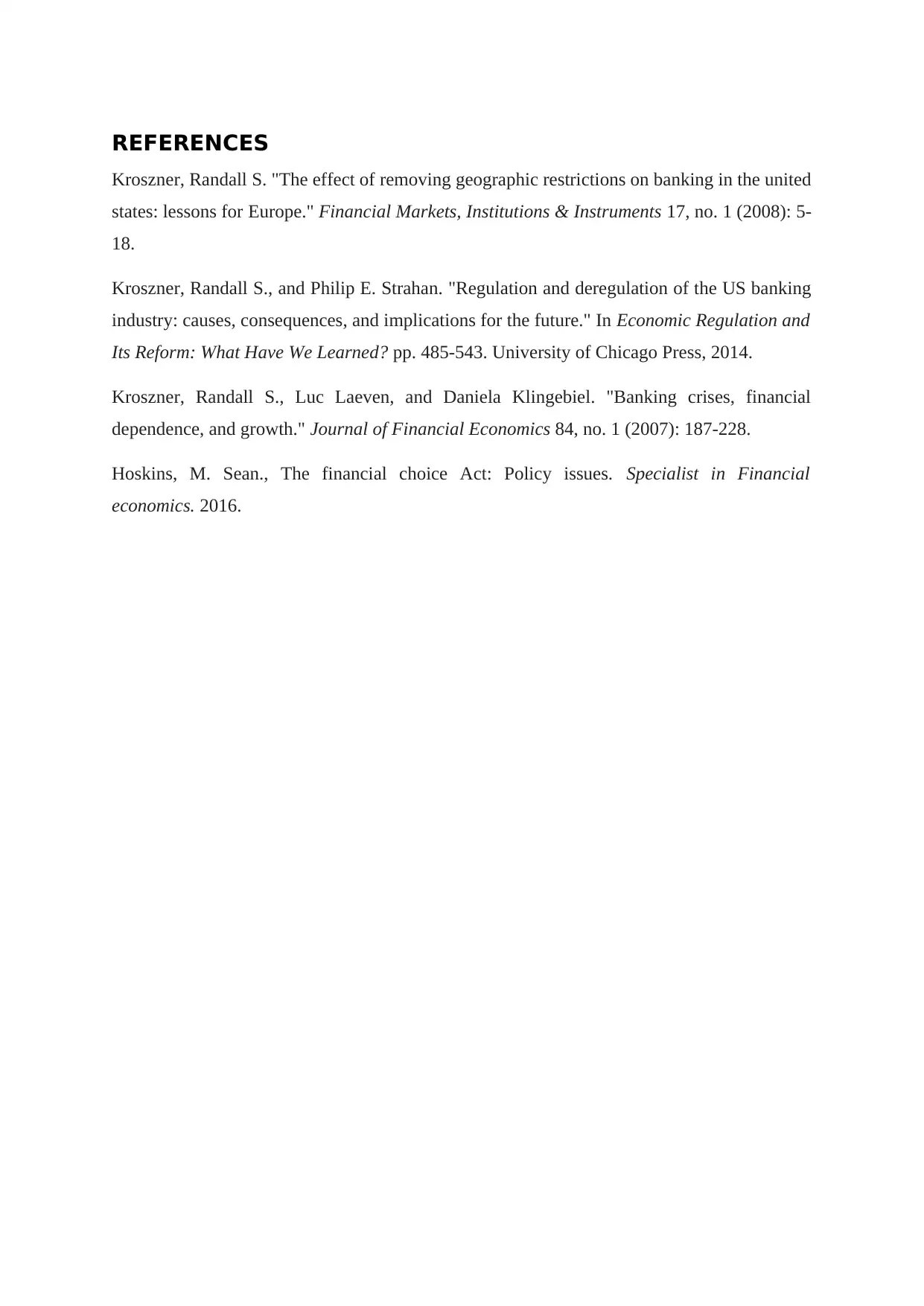




![[object Object]](/_next/static/media/star-bottom.7253800d.svg)